The traditional “patient-doctor” model is currently undergoing significant changes under the influence of medical wearables. Sensors and devices automate many processes, speed up the diagnosis and treatment, and allow people to monitor their own health. Wearable devices connected to the Internet of Things are disrupting medical practice at a healthy rate, creating a new era of digital medicine.
Reduce time to market and ensure best quality of your embedded or IoT solutions with SaM Solutions’ development services.
Wearable Health Technology
Wearable technology is about electronic devices that people wear on the body to collect different types of data for various purposes.
These devices — wearables — are absolutely user-friendly and unobtrusive, since they are worn as accessories or sometimes as implants. The industrial application field of wearable technology is already extensive. Wearables are used by many companies to:
- Provide safer working conditions and predict employee injuries and fatal accidents because of fatigue or other factors
- Improve customer service
- Increase productivity
However, the widest application of such gadgets can be observed in healthcare and medicine. Wearable health monitoring devices facilitate the creation of a special branch of healthcare — telehealth.
Telehealth (or telemedicine) is a cross-disciplinary field that concerns the development and application of modern computing and telecommunication technologies in the healthcare industry to monitor people’s well-being and provide remote medical care and treatment. The main benefit of the telehealth system is that the information about patient health conditions can be gathered anytime and anywhere outside the clinical settings, which saves time and may even save lives.
More and more people use smartwatches and fitness trackers to check their activity and well-being, while patients are provided with monitoring devices to control diseases and take proactive steps to mitigate possible consequences.
The diagram by Statista shows the significant growth of the worldwide number of patients using wearable devices from 2013 to 2018.
Number of telehealth patients worldwide from 2013 to 2018 (in millions)
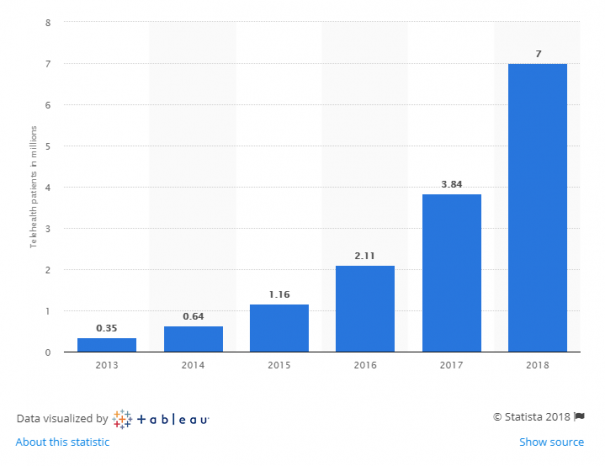
Source: Statista
The research company MarketsandMarkets predicts that the global market of wearable devices in healthcare will reach $14 billion by 2022, compared to $6 billion in 2017. Such rapid growth is attributed to the technological advances in medical equipment and the ubiquitous expansion of smartphones, followed by the creation of mobile healthcare apps. Another reason is that people become more aware of their health and are willing to adopt wearables in their everyday lives.
Wearable healthcare technology has a great impact on both doctors and patients, as they can be in constant connectivity.
Patients are empowered to take control of their health conditions 24 hours a day without leaving home or getting distracted from work and get real-time feedback from doctors. This allows patients to avoid unnecessary hospitalizations or frequent visits to the doctor’s office and, consequently, reduces stress and expenses.
Wearable devices in healthcare allow doctors to devote full attention to each patient without spending much time. Wireless data transmission and alerting mechanisms submit notifications to the hospital or your personal practitioner, so proactive measures can be taken immediately in case of worrisome symptoms.
Wearable Medical Devices
Wearable technology in healthcare includes different types of devices that can be divided into three categories.
To take the field of application, there are three subcategories of devices: for sports and fitness, for remote patient monitoring and for home healthcare.
As for the type of devices, there are smartwatches, activity trackers, patches and smart clothing.
Depending on the purpose of usage, there are two subcategories: monitoring and diagnostic devices measure your heart rate, pulse, blood pressure, glucose level, sleep, fetal heart rate and the nervous system; therapeutic devices manage pain, help with rehabilitation, pump insulin or provide respiratory therapy.
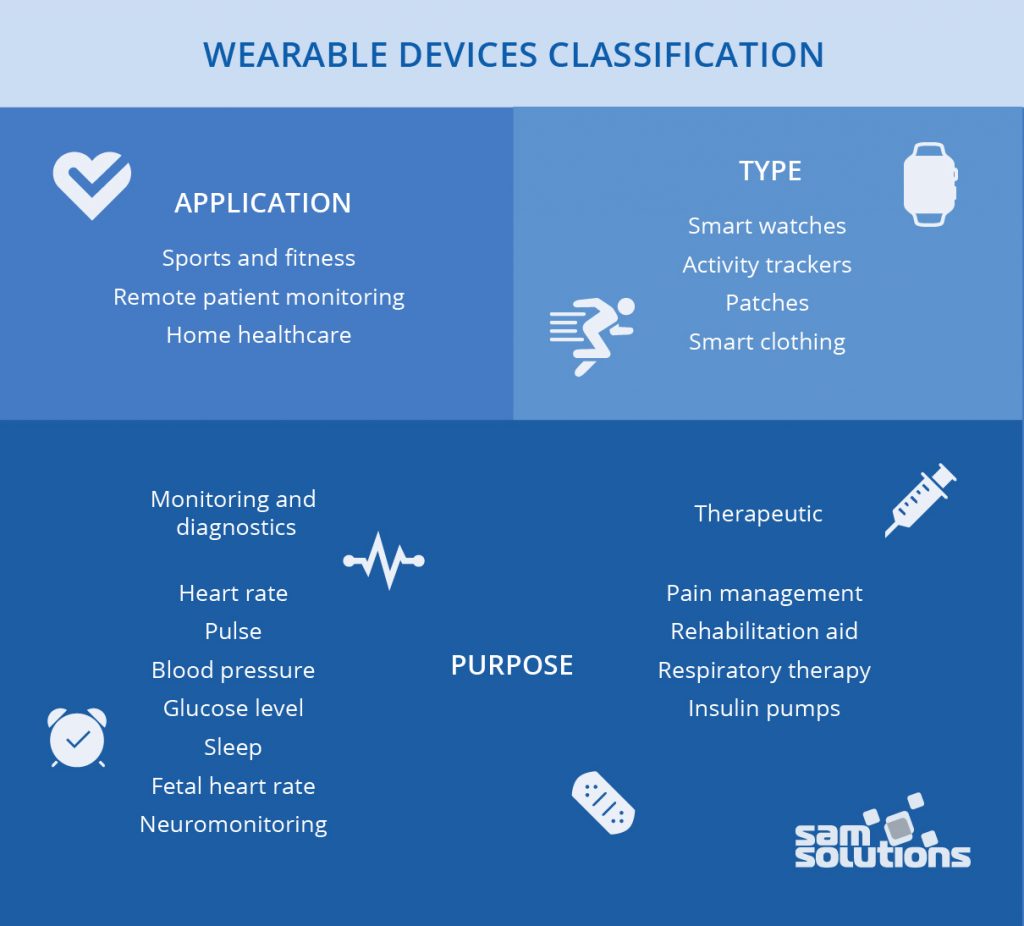
Healthcare wearable device software development is a fast-growing market area. Currently, the leading manufacturers and providers of medical and software are Fitbit, Medtronic, Nokia, and Philips.
Factors Propelling the Popularity of Medical Wearables
- An increasing number of smartphones
- Integration of sensors into consumer devices
- A more accessible way to get medical support
- More freedom
- Increased health and fitness awareness
- Involvement of giants such as Apple, Google and Microsoft
Factors Preventing the Implementation of Wearables
- High cost
- Private data security issues
- Lack of common standards
- Interoperability issues
Five Trends in Healthcare Wearables
Digital medicine is an efficient way to bridge the communication gap between patients and doctors and enhance the level of health service. The field doesn’t stay in place, and certain trends in medical wearables can be set apart.
1. Wider Range of Devices
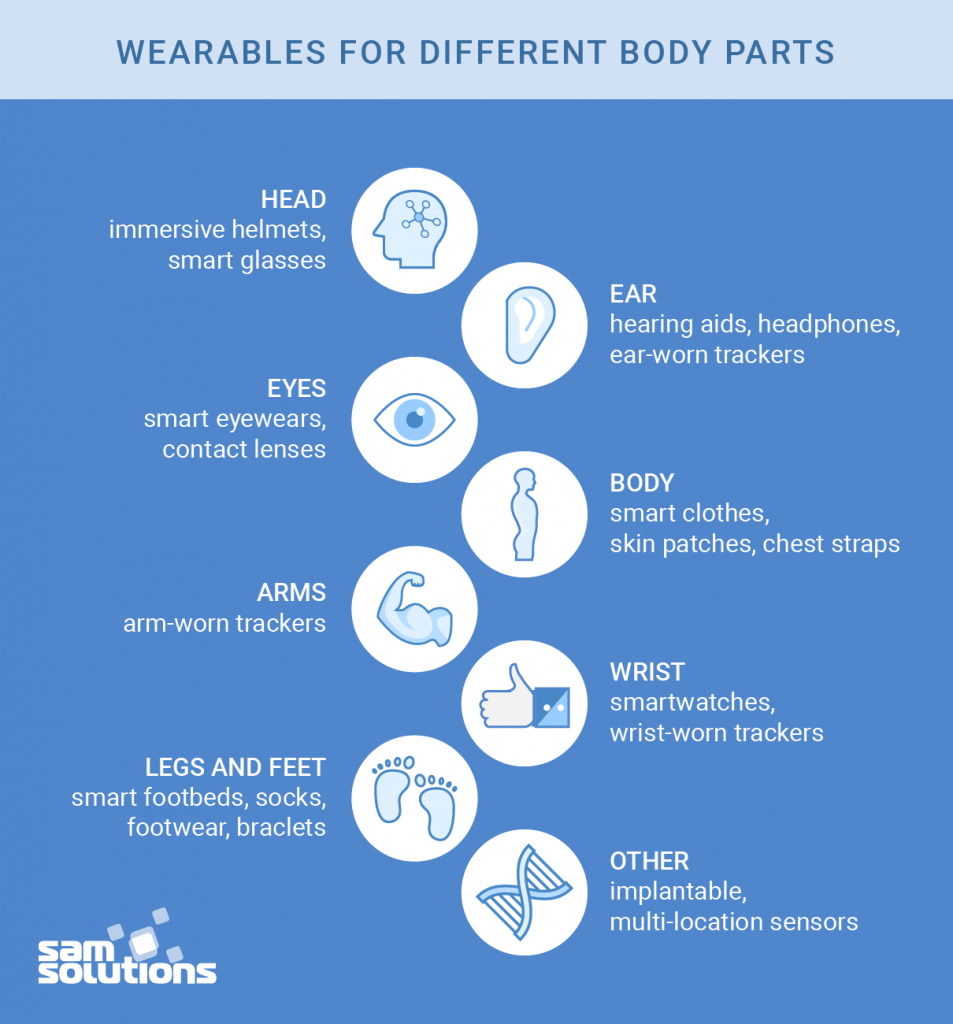
Smartwatches and trackers, usually worn on the wrist, and Google glass worn with regular eyeglasses, are getting the most attention of wearable developers. Some smart implants (e.g. cardiac) are also gaining popularity. Devices for other body parts are lagging, although the potential for the technology is great.
Currently, the trend is to invent more devices for different parts of the body, so the range of medical wearables is expanding. In the future, a person will be able to control their health and monitor their fitness from tip to toe using smart helmets, hearing aids, eyewear, smart clothing and footwear, skin patches, implantable sensors and more.
2. Devices Get Smaller

The first wearables were big and clunky, which discouraged the majority of consumers from using them. The strongest trend now is to minimize the size of devices and make them either fashionable or imperceptible. Many wearables are designed in a way that they can be worn as accessories and on different parts of the body. Others have become so tiny that they are almost invisible under your clothes or even on your body.
The main goal of this trend is to make devices more compact and lightweight, and consequently agile and affordable for every person wishing. The smaller devices are, the more people will engage.
3. Wearable Apps Get Smarter with VR, AR, AI
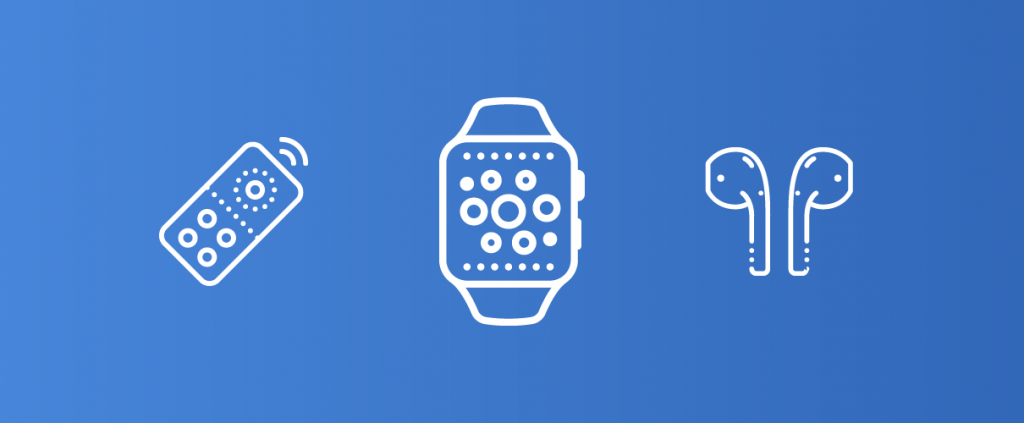
Wearable app development for healthcare keeps pace with modern technologies. More and more applications are created using virtual reality, augmented reality, artificial intelligence and machine learning techniques.
Such applications get smarter and perform much of human work. For instance, doctors receive reports with ready-made results created by machine learning algorithms, so they don’t need to spend time researching and reading papers. This allows them to focus on treating patients. Surgeons can use VR glasses while operating to see X-rays without ever leaving the room and getting distracted from the process.
4. Doctor-Patient Model Personalization
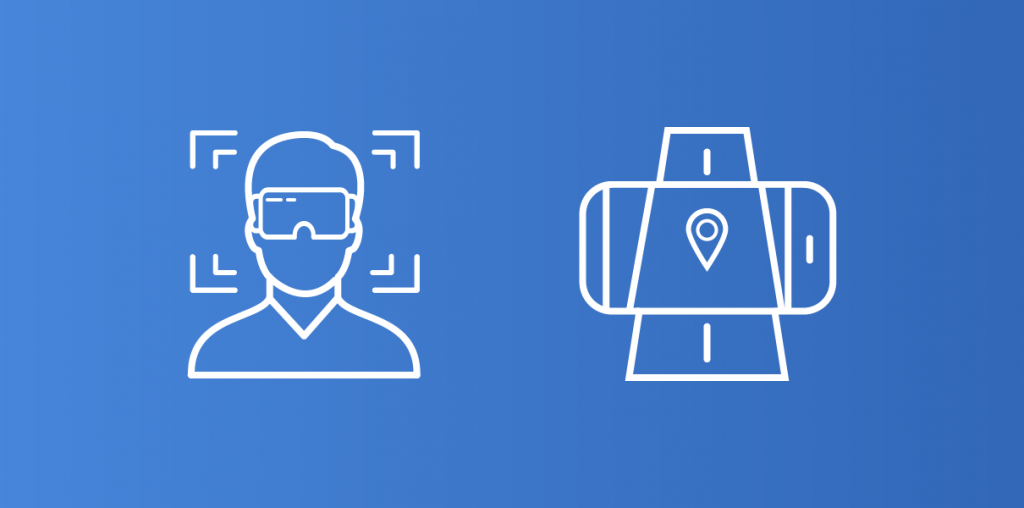
Modern patients don’t have the time to be sick or to waste on unnecessary services, but rather need to be treated individually. Wearables make this possible. Large volumes of data collected by body sensors facilitate the personalization of the healthcare experience. In the future, each customer will be treated not according to the clinical standards based on averages, but rather on the basis of personal data and conditions.
Thus, the way practitioners communicate with their patient is shifting from generalization to personalization. Patient information will become more easily accessible, which will allow practitioners to find the right treatment options much faster.
5. Medicine Shifts from Reactive to Preventive
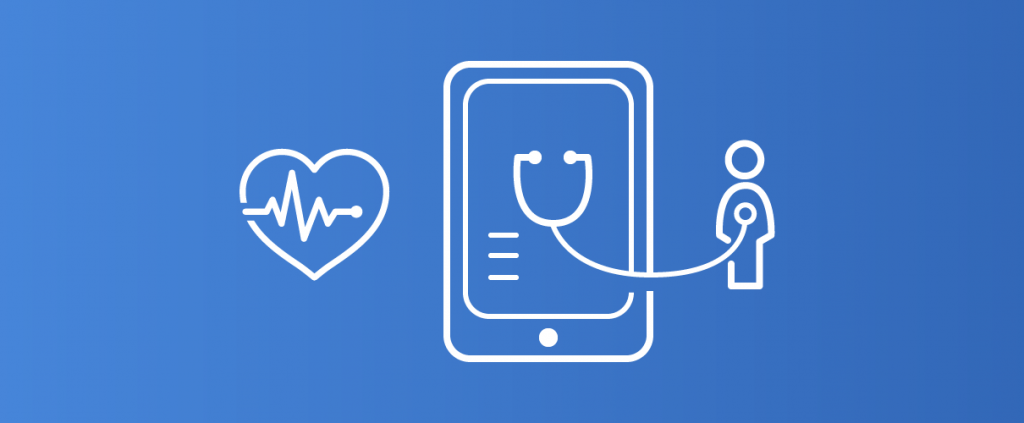
To quote Benjamin Franklin: “ An ounce of prevention is worth a pound of cure.” This is especially true in healthcare. Wearables significantly shift the whole paradigm, changing medicine from reactive (when a person is already sick and requires treatment) to preventive (when a person is healthy and doesn’t fall ill due to timely measures).
This model can significantly reduce healthcare costs and increase the quality and duration of life.
Healthcare of the Future
Industry experts anticipate a strong adoption of wearable technology in medicine in the near future, as it undoubtedly brings positive changes with it. Wearables help prevent diseases or monitor them, provide real-time feedback and help with rehabilitation, remind patients to take drugs and assist in adhering to a care plan.
It’s possible that quite soon we will be able to buy bio-sensors and medical wearables in drugstores. At the same time, prevention systems should be developed to avoid data leaks, hacking and ransomware attacks.
SaM Solutions has extensive expertise in creating projects for various industries, including healthcare and medicine. One example is a medical mobile application we developed that helps manage and streamline physiatrists’ daily operations during home visits. The solution increased the doctors’ mobility, reduced document flow and enhanced the security of personal data.
Our specialists will be happy to share information on the projects we developed with IoT, AI, machine learning and other technologies.



















 The Latest 15 Information Technology Trends in 2024
The Latest 15 Information Technology Trends in 2024 Top 10 Embedded Software Development Tools
Top 10 Embedded Software Development Tools IaaS vs. PaaS vs. SaaS: What’s the Difference?
IaaS vs. PaaS vs. SaaS: What’s the Difference? IoT Development: Top 15 Internet of Things Tools and Platforms in 2024
IoT Development: Top 15 Internet of Things Tools and Platforms in 2024 10 Examples of Predictive Analytics
10 Examples of Predictive Analytics












 What Is Headless CMS?
What Is Headless CMS? SAP Commerce Cloud vs Shopify: A Detailed Comparison for Businesses
SAP Commerce Cloud vs Shopify: A Detailed Comparison for Businesses Java and Cloud Development: An Ideal Pairing
Java and Cloud Development: An Ideal Pairing Component-Based Architecture in Software Engineering: A Comprehensive Guide
Component-Based Architecture in Software Engineering: A Comprehensive Guide Micro Frontend: What It Is and How It Works
Micro Frontend: What It Is and How It Works
Hello. This article was really motivating, particularly since I was searching for thoughts on this topic last week.
I went over this site and I conceive you have a lot of fantastic information, saved to my bookmarks!
Wearable medical devices ensure an incredible level of remote patient monitoring and can encourage proactive healthcare, which will bring numerous benefits to both patients and doctors.
I’ve learned many new facts, and I like how you visualize information in your articles. In general, the Internet of Things technology which is the basis of wearables will change healthcare beyond recognition in the near future.
The development of telemedicine is a promising branch, it’s especially urgent during the COVID-19 pandemic. Wearable devices may help a lot in fighting against this terrible virus.
Modern technologies provide so many opportunities for improving our lives and healthcare delivery, and it’s wonderful.
Thank you for this detailed overview of using wearable devices in healthcare. I hope that one day all people will have access to such devices and will be able to monitor their health better.
Thanks for one marvelous posting. I loved reading it; you are a great author. Telemedicine is developing quickly now and mobile apps for telemedicine become very popular.
Thanks a lot for the interesting article post.